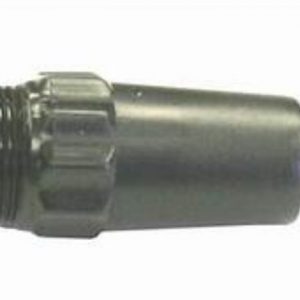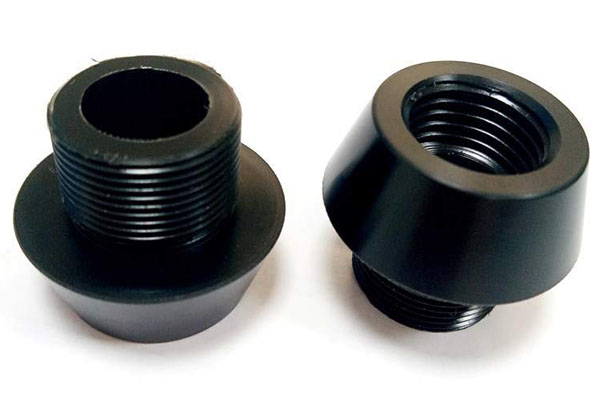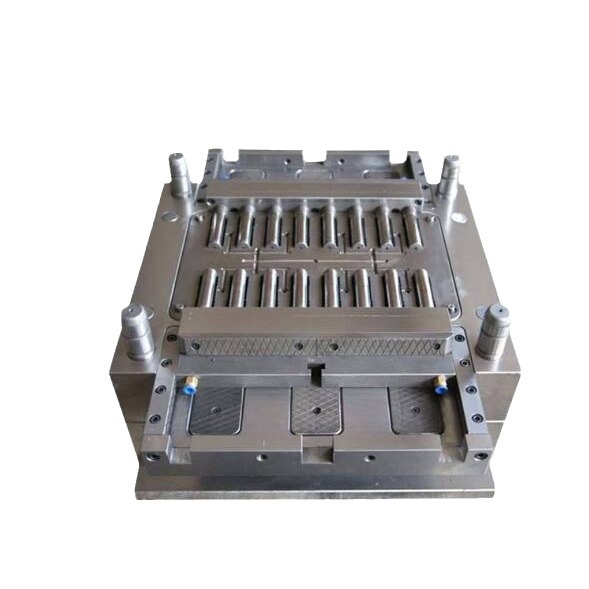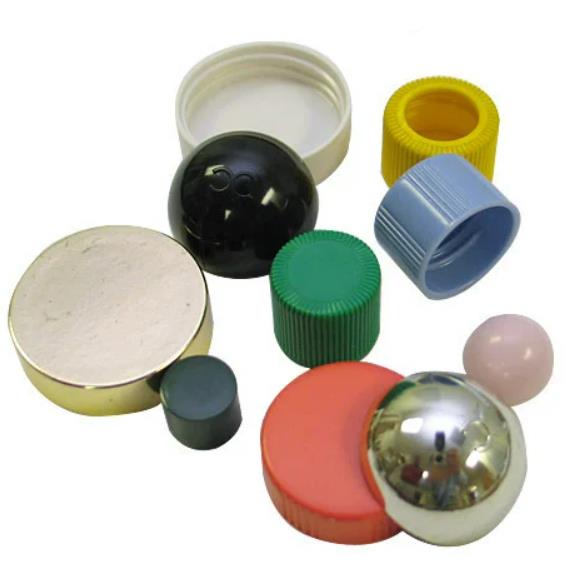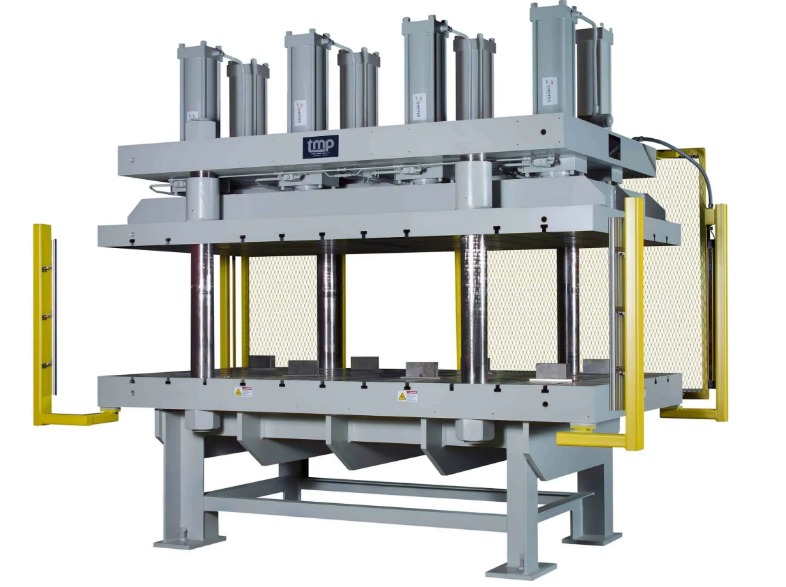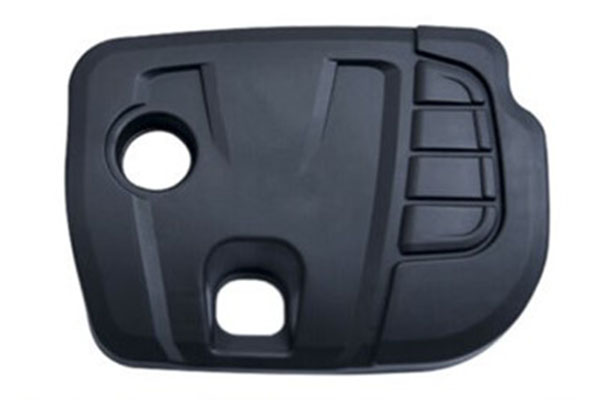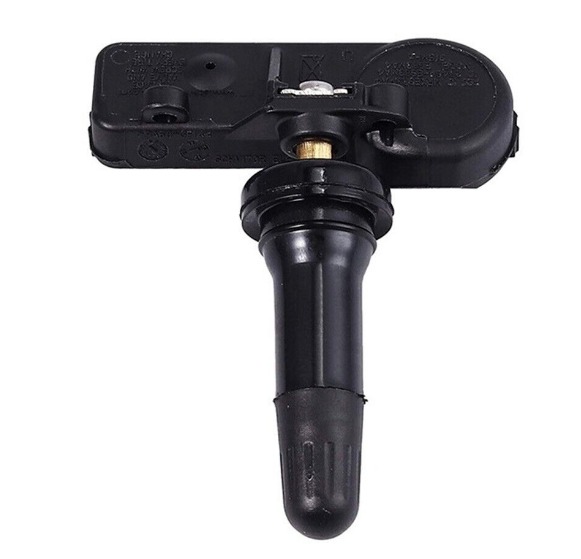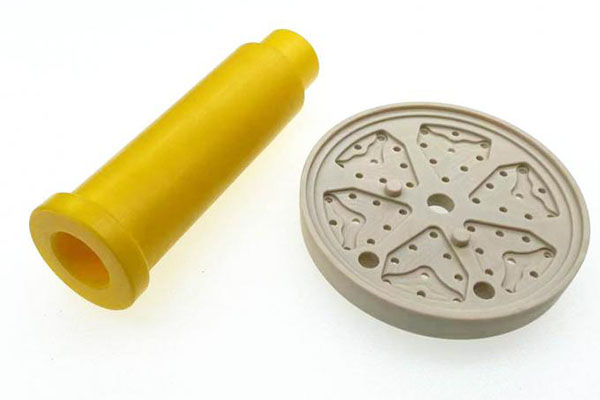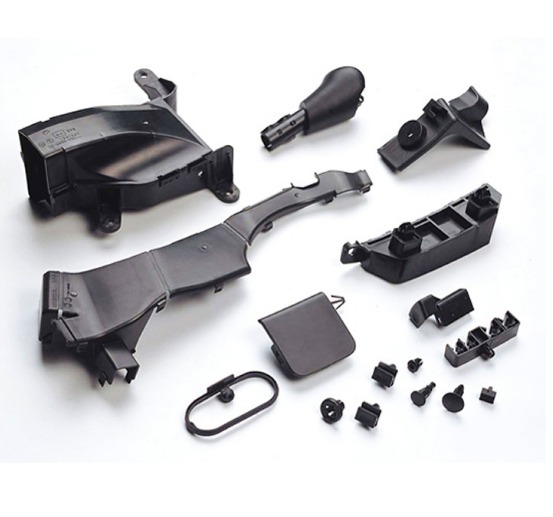Introduction to Plastic Molding Manufacturing
Plastic molding manufacturing is a fundamental process in the production of polymer - based products. At its core, it involves shaping molten plastic materials into a vast array of forms, from the tiniest components to large - scale industrial parts. This process is crucial as it transforms raw polymer materials into functional, usable items that we encounter in our daily lives and various industries.
Polymers, the building blocks of plastic, are large - molecular - weight compounds made up of repeating subunits called monomers. These monomers can be naturally occurring, like rubber from rubber trees, or synthetic, such as polyethylene or polypropylene produced in chemical plants. The unique properties of polymers, such as high strength - to - weight ratio, flexibility, and chemical resistance, make them ideal for molding into different products.
In the manufacturing world, plastic molding serves as the bridge between the raw material stage and the finished product. For example, in the automotive industry, plastic molding is used to create interior components like dashboards, door panels, and seat covers. These parts not only need to be aesthetically pleasing but also durable and lightweight to improve fuel efficiency. In the medical field, precision - molded plastic components are used in devices such as syringes, catheters, and diagnostic equipment, where accuracy and biocompatibility are of utmost importance. Without plastic molding manufacturing, the production of these polymer - based products would be either extremely difficult or impossible.
Types of Plastic Molding Processes
Injection Molding
Injection molding is one of the most widely used plastic molding processes. The process begins with plastic pellets being fed into a heated barrel. Here, the pellets are melted by a combination of heat and the mechanical action of a rotating screw. Once the plastic reaches a molten state, the screw exerts high pressure, forcing the melted plastic through a nozzle and into a closed mold cavity. The mold is typically made of steel or aluminum and is precisely designed to create the desired shape of the final product.
After the mold cavity is filled with the molten plastic, it is allowed to cool and solidify. Once the plastic has hardened, the mold opens, and the finished part, known as the "molded part," is ejected. This process is highly efficient and can produce a large number of parts in a relatively short time.
Injection molding is commonly used in the production of automotive parts. For example, many interior components such as dashboards, door handles, and ventilation ducts are injection - molded. In the electronics industry, it is used to manufacture the outer shells of smartphones, tablets, and laptops. The high precision of injection molding allows for the creation of complex shapes with tight tolerances, which is crucial for these industries where components need to fit together perfectly. According to industry reports, the automotive industry alone consumes a significant portion, around 30% - 40%, of the total plastic produced through injection molding processes for manufacturing various parts.
Blow Molding
Blow molding is a process specifically designed for creating hollow plastic products. There are two main types of blow molding: extrusion blow molding and injection blow molding, with extrusion blow molding being more common.
In extrusion blow molding, a tube - like parison (a pre - form of the final product) is first extruded from a heated plastic material. This parison is then placed into a two - part mold. Once the mold is closed around the parison, compressed air is injected into the parison. The air pressure causes the parison to expand and conform to the shape of the mold cavity. After the plastic has cooled and solidified within the mold, the mold opens, and the hollow plastic product, such as a plastic bottle, is removed.
Plastic bottles used for beverages, such as water bottles, soda bottles, and shampoo bottles, are classic examples of products made through blow molding. Toys like inflatable balls and some hollow figurines are also produced using this method. The advantage of blow molding is its ability to create large - volume hollow structures with relative ease. It is estimated that over 80% of all plastic bottles worldwide are produced through blow molding processes, highlighting its significance in the packaging industry.
Compression Molding
Compression molding is mainly used for processing thermosetting plastics. In this process, a pre - measured amount of raw plastic material, which can be in the form of powder, granules, or pre - formed sheets, is placed directly into a heated mold cavity. The mold is then closed, and pressure is applied. As the plastic is heated under pressure, it softens and flows to fill the entire mold cavity.
During this process, a chemical reaction occurs in thermosetting plastics, causing them to cross - link and harden permanently. Once the plastic has fully cured and hardened, the mold is opened, and the finished product is removed. Compression molding is relatively simple in terms of equipment requirements compared to some other molding processes, but it generally has a longer cycle time.
Common applications of compression molding include the production of electrical appliance housings, where the heat - resistant and insulating properties of thermosetting plastics are highly desirable. Tableware made from melamine - formaldehyde resin is also often produced through compression molding. This type of tableware is known for its durability and resistance to heat and stains. In the manufacturing of electrical switchgear components, compression - molded thermosetting plastics provide excellent electrical insulation and mechanical strength, ensuring the safe and reliable operation of electrical systems.
Key Factors in Plastic Molding Manufacturing
Material Selection
The choice of plastic materials in plastic molding manufacturing is crucial as it directly impacts the properties and performance of the final product. Here are some commonly used plastic materials and their characteristics:
- Polyethylene (PE): It has excellent chemical resistance, low density, and good electrical insulation. Low - density polyethylene (LDPE) is flexible and is often used for making plastic bags and films. High - density polyethylene (HDPE) is more rigid and is suitable for products like plastic pipes and containers.
- Polypropylene (PP): PP has high strength - to - weight ratio, good heat resistance (it can withstand temperatures up to around 100 - 120°C), and is resistant to many chemicals. It is commonly used in automotive parts, such as interior trim, and in food packaging due to its safety and durability.
- Polyvinyl Chloride (PVC): PVC can be either rigid or flexible depending on the additives used. Rigid PVC is used in construction for pipes, window frames, etc., because of its strength and weather resistance. Flexible PVC, with the addition of plasticizers, is used for items like vinyl flooring, hoses, and some types of toys.
- Acrylonitrile Butadiene Styrene (ABS): ABS offers a good balance of strength, toughness, and heat resistance. It has excellent impact resistance, which makes it ideal for products like electronic device housings, automotive exterior parts, and toys. It also has good surface finish, allowing for easy painting and plating.
When selecting a material, several factors need to be considered. For products that require high strength and heat resistance, materials like polycarbonate (PC) or polyamide (PA, also known as nylon) might be more suitable. PC is transparent, has high impact strength, and is used in applications such as safety glasses, automotive headlight lenses, and electronic displays. PA has high mechanical strength, good abrasion resistance, and is often used in gears, bearings, and other mechanical components. If the product needs to be lightweight and cost - effective, PE or PP could be the primary choices. For products in contact with food or medical applications, materials must meet strict safety and hygiene standards. For example, in food packaging, materials like PP, HDPE, and some grades of PET (polyethylene terephthalate) are commonly used due to their non - toxicity and good barrier properties.
Mold Design and Precision
Mold design is the cornerstone of successful plastic molding manufacturing. A well - designed mold can ensure the accurate replication of the desired product shape, high - quality surface finish, and efficient production. The following are some key points in mold design:
- Cavity and Core Design: The cavity is the part of the mold that forms the outer shape of the product, while the core forms the inner shape. The design of these components needs to consider the product's geometry, draft angles (to facilitate easy ejection of the molded part), and any undercuts (recessed areas that require special ejection mechanisms). For example, in the injection molding of a complex - shaped toy, the mold cavity and core must be designed with precise draft angles to ensure that the toy can be removed from the mold without damage.
- Gating System: The gating system is responsible for directing the molten plastic into the mold cavity. It includes the sprue (the main channel through which the plastic enters the mold), runners (the channels that distribute the plastic from the sprue to the cavities), and gates (the small openings through which the plastic enters the cavity). The size and location of the gates are critical as they can affect the flow of plastic, the formation of weld lines (where two streams of plastic meet), and the overall quality of the molded part. A poorly designed gating system can lead to issues such as short shots (incomplete filling of the mold), air traps, and uneven part thickness.
- Cooling System: Efficient cooling is essential to reduce the cycle time and ensure uniform cooling of the molded part. The cooling system in a mold typically consists of channels through which a coolant (usually water) flows. These channels should be strategically placed around the mold cavity and core to ensure that heat is evenly dissipated. For example, in the injection molding of large - scale plastic parts like automotive bumpers, a well - designed cooling system can significantly reduce the cooling time, thereby increasing the production efficiency.
High - precision molds can produce parts with tight tolerances. For instance, in the manufacturing of micro - electronic components, molds with micron - level precision are required. A company that specializes in producing connectors for high - speed data transmission uses molds with an accuracy of ±0.01 mm. This high - precision mold ensures that the connectors have consistent dimensions, which is crucial for their proper functioning in high - speed data transfer applications. The use of advanced manufacturing techniques such as computer - aided design (CAD) and computer - aided manufacturing (CAM) has greatly enhanced the precision of mold design and production. CAD allows designers to create 3D models of the mold, simulate the plastic flow during the molding process, and optimize the mold design before actual production. CAM, on the other hand, enables the precise machining of the mold components using computer - controlled machine tools.
Quality Control and Testing
Quality control is an integral part of plastic molding manufacturing to ensure that the final products meet the required standards. It involves several key aspects:
- Raw Material Inspection: Before starting the molding process, the raw plastic materials are thoroughly inspected. This includes checking the material's physical properties such as melt flow index (MFI), density, and color. For example, if the MFI of a plastic resin is outside the specified range, it can affect the flow of the plastic during molding and lead to defects in the final product. Material suppliers usually provide certificates of analysis (COAs) that detail the properties of the materials. Manufacturers also conduct their own in - house tests using equipment like MFI testers and density meters.
- In - Process Inspection: During the molding process, regular inspections are carried out. Operators check for visual defects such as surface roughness, warping, and flash (excess plastic that forms around the edges of the mold). They also measure the dimensions of the molded parts at various stages of production using tools like calipers and micrometers. In addition, the molding parameters such as temperature, pressure, and injection speed are monitored to ensure they are within the set ranges. For example, if the injection pressure is too high, it can cause the plastic to over - pack the mold, resulting in parts with excessive thickness and internal stress.
- Final Product Testing: Once the products are fully molded, they undergo a series of comprehensive tests. Physical property tests include tensile strength testing, impact resistance testing, and heat deflection temperature testing. For example, a plastic component used in an automotive engine compartment needs to have high heat deflection temperature to withstand the heat generated by the engine. Chemical resistance tests are also performed to check how the product reacts to various chemicals it may come into contact with during its use. In addition, for products with specific functional requirements, such as electrical insulation properties for electronic components, relevant functional tests are carried out.
An impact testing machine is used to evaluate the impact resistance of plastic parts. It drops a weighted pendulum onto the test specimen, and the energy absorbed by the specimen during the impact is measured. These tests help to ensure that the plastic - molded products are of high quality and can meet the demands of different applications.
Yigu Technology's Perspective
As a non - standard plastic metal products custom Supplier, Yigu Technology understands the significance of precision and customization in the plastic molding manufacturing industry. We emphasize our customized service, which allows us to meet the unique requirements of each client. Whether it's a complex plastic component for a high - tech device or a metal - plastic hybrid part for industrial machinery, we have the expertise to design and manufacture it.
Our advanced technology is another key factor. We utilize state - of - the - art equipment and manufacturing techniques to ensure high - quality production. This includes advanced CNC machining for precise metal parts and high - precision injection molding machines for plastic components. By combining these technologies, we can create products with tight tolerances and excellent surface finishes.
Quality control is at the heart of our operations. We have a strict quality management system in place, from raw material inspection to final product testing. This ensures that every product leaving our factory meets the highest quality standards, providing our clients with reliable and durable plastic metal products.
